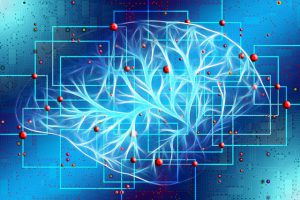UXD stands for user experience design and it is the process of making the customer happy with the product at hand. This is done by improving the experience via better accessibility and user-friendliness, as well as adding more features. It can be found anywhere, from websites used for running businesses or entertainment websites, to online bookmakers that offer promotions like the Betano bonus. UXD also often contains the HCI, or human-computer interaction design, so it is natural to wonder about the effects AI would have on this process.
We will talk about how AI is trained to deal with users, what its role is in products and services, as well as see whether there are any downsides of AI in UXD.
Training

In order to train AI, we use algorithms to track the user’s behavior. If the user follows a certain pattern, you can rest assured that the machine will notice this pattern and remember it for future uses. The more AI interacts with humans, the more it learns. However, as we have learned with Microsoft’s Tay, this needs to be done in a controlled environment.
The Role of AI
In cases that involve user interaction, it is the job of AI to predict what the customer wants before the customer makes an inquiry. Think of the way Google fills your web searches with the predictive text before you get the chance to type what you are looking for. Now, use that in all interactions with machines. Social media, video and written content, as well as FAQ and troubleshooting all come from previous experiences, where the machine learns and tries to do better.
Examples

Virtual assistants and IoT hubs, for one, know what their owners like. Alexa, Cortana, Siri, and Google Assistant will be ready to make an internet search, play your preferred radio station, and thaw the chicken from the freezer with less and less input on your part as time goes by.
Another common application of AI influencing UXD comes in the form of chatbots. They are kind of fun to talk to, but they are making more and more sense, so they already provide solid competitive support for the problems a user might experience.
Downsides
Apart from the economy having to adjust slightly, there is just one thing that makes artificial intelligence and its impact on user experience troublesome – robocalls. With the right input about the user’s information, robocalls can be telemarketers, debt collectors, and just annoying. Here is an episode of Last Week Tonight about the power and scale of robocalls.
The Future

The human input will continue decreasing. Because of this, the user experience is expected to improve, as AI can predict more and more how to solve the problems before they appear. This will not put people out of work, though some changes in pace may be required. Pretty soon, there could potentially be a scenario where there is no input, and the machines will need no interface.
However, we are still very much far from that scenario, and there will always be a need for a human to handle a new and creative issue.

